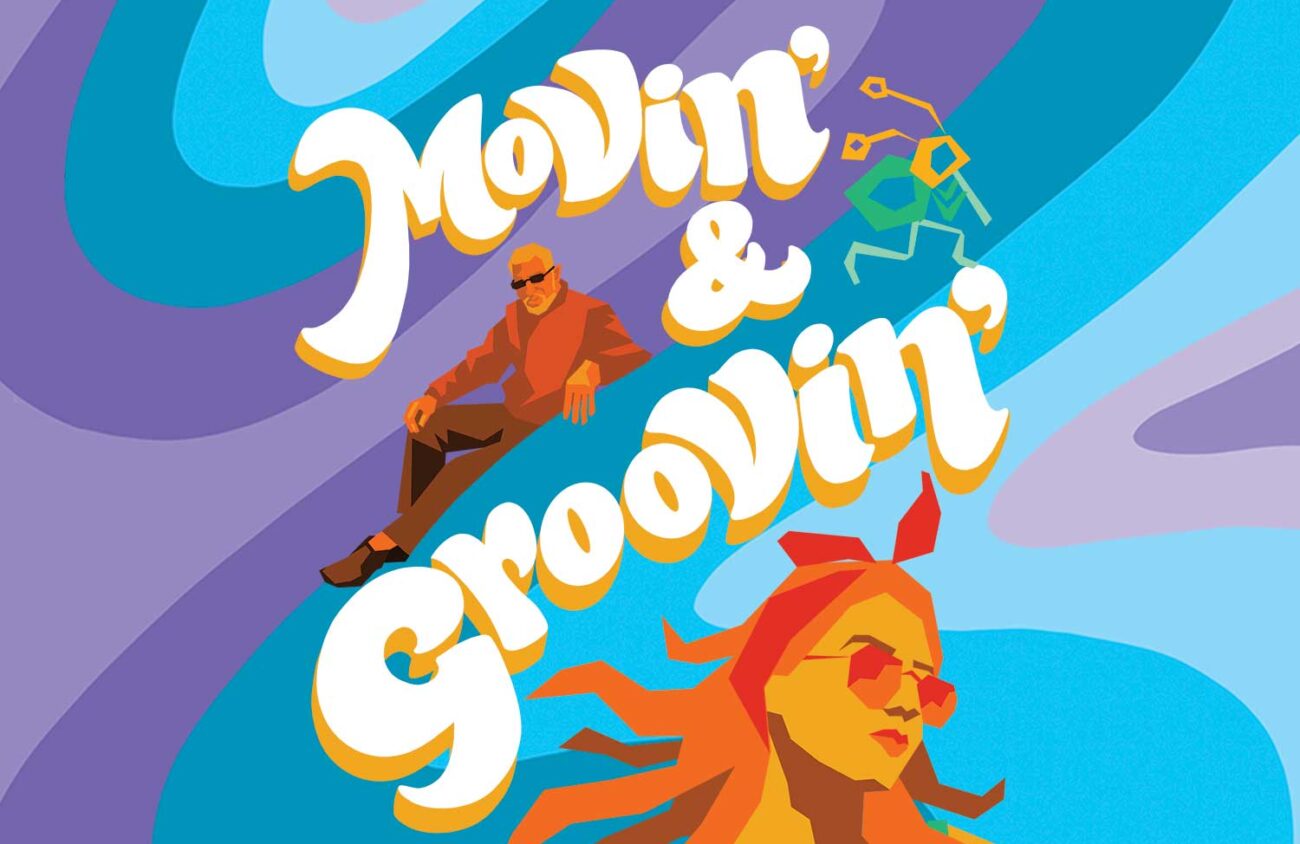No city has held on to the decade of tie dye and peace signs like Eugene has. It has permeated the culture through Grateful Dead cover bands and pot smoke leaving some residents perma-fried.
Kidding, kind of.
People who lived it talk about Eugene in the ’70s as a utopia of arts and culture and LSD. And the people who were born too late have no choice but to live through those who saw the Grateful Dead for $3 in Veneta.
But the ’70s weren’t just about smoking pot in a circle like Eric Foreman and his friends on That ’70s Show. For some people in Eugene, the ’70s were about opportunity.
In November 1969 the first Oregon Country Fair was held in Eugene’s Hawkins Heights to raise money for the alternative school Children’s Community School.
In May 1970, the Eugene Saturday Market opened where 150 local vendors and artisans sell handmade products every fall, spring and summer. This was the same year natural grocer Kiva opened in the Scarborough Faire aka the Hippie Mall.
Local community health organization White Bird got its start in 1970, too, creating a 24-hour crisis line and providing low to no-cost health care; it would later launch CAHOOTS, which has changed policing across the country.
The Oregon Bach Festival started its annual two-week-long celebration of classical music in July 1970, with live musical performances and workshops.
In December 1975, local artists and community members saved the Woodmen of the World aka WOW Hall from demolition by raising $10,000 for a downpayment on the venue in 13 days. The venue has been a designated historical landmark since 1996.
And in 1976 the NAACP formed a chapter here in Eugene.Long before student apartments demolished iconic restaurants like the Excelsior and The Glenwood, this was what some considered to be Eugene’s heyday. Here’s a snapshot — or a Polaroid, if you will — of Eugene in a decade that mattered.
